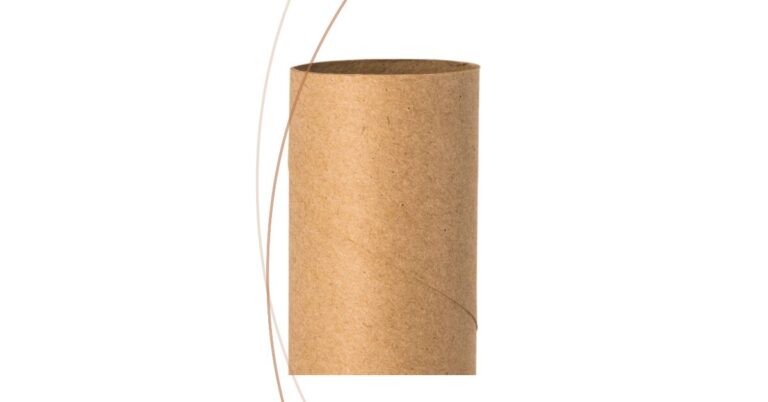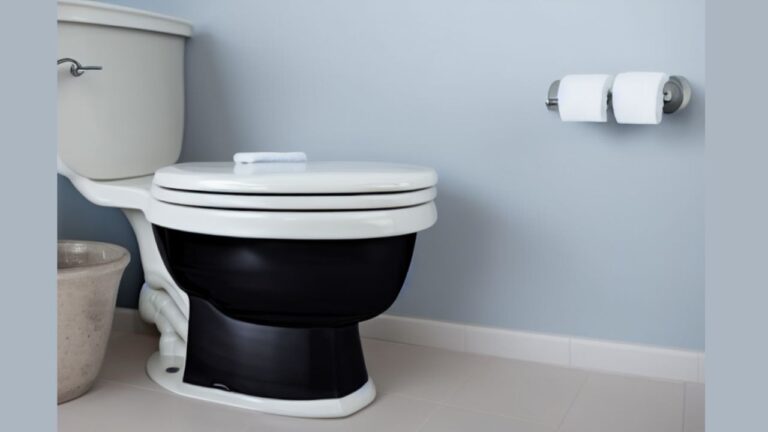Want to save money on your water bill and help the environment? Look no further than a water-saving toilet! This article will discuss the benefits of using a water-saving toilet, how it works, and the different types of water-saving toilets available.
The water-saving toilet is a revolutionary product that saves water and money, promoting sustainability and cost savings.
By understanding the key features and benefits offered by these devices, readers can make informed decisions about purchasing a product that aligns with their values and lifestyle needs.
What is a Water-Saving Toilet?
A water-saving toilet is designed to use less water per flush than a traditional toilet. Traditional toilets use a significant amount of water per flush, typically between 3 and 7 gallons.
In contrast, water-saving toilets use around 1.6 gallons of water per flush, reducing the amount of water used per flush by up to 70%.
How Does a Water-Saving Toilets Work?
Water-saving toilets use various technologies to reduce water usage per flush. One of the most common methods is the use of dual-flush technology.
Dual flush technology provides two options for flushing – a low-volume flush and a high-volume flush.
The low-volume flush uses less water and is suitable for liquid waste, while the high-volume flush uses more water and is suitable for solid waste.
Another technology used in water-saving toilets is pressure-assisted flushing.
Pressure-assisted flushing uses a high-pressure system to force water through the toilet bowl, reducing the water required for flushing.
The Benefits of Using a Water-Saving Toilet
1. Water Conservation
The most significant benefit of using a water-saving toilet is water conservation.
By using less water per flush, you can save up to 16,500 gallons of water per year, which can significantly reduce your water bills.
Moreover, water-saving toilets contribute to water conservation efforts that help reduce the strain on freshwater resources.
2. Cost Savings
In addition to water conservation, using a water-saving toilet can lead to significant cost savings.
As water bills continue to rise, using a water-saving toilet can help reduce the water used, resulting in lower water bills.
Moreover, water-saving toilets often require less maintenance than traditional toilets, reducing repair and replacement costs.
3. Improved Hygiene
Water-saving toilets contribute to improved hygiene by reducing the amount of water used in each flush.
With traditional toilets, water splashes out of the bowl during flushing, potentially spreading germs and bacteria around the bathroom.
Water-saving toilets use less water, reducing the potential for splashing and improving overall bathroom hygiene.
4. Environmental Sustainability
Using a water-saving toilet is an environmentally sustainable option that can reduce your carbon footprint.
Reducing the amount of water used per flush can reduce the energy required to treat and transport wastewater.
Additionally, using a water-saving toilet can reduce your household’s carbon footprint.
Types of Water-Saving Toilets
There are different types of water-saving toilets available on the market today.
Some of the most popular types include:
1. Dual Flush Toilets
Dual flush toilets are the most common type of water-saving toilet available. As mentioned earlier, they provide two flushing options – a low-volume flush and a high-volume flush.
2. Pressure-Assisted Toilets
Pressure-assisted toilets use air pressure to force water out of the bowl, reducing the water required for flushing.
3. Gravity-Assisted Toilets
Gravity-assisted toilets use the force of gravity to move water from the tank into the bowl, reducing the amount of water used per flush.
Reduces Water Bills
One of the most significant benefits of water-saving toilets is the reduction in water bills.
A traditional toilet uses about 3.5 to 7 gallons of water per flush, while a water-saving toilet uses less than 1.6 gallons.
According to the Environmental Protection Agency (EPA), the average household can save up to $100 per year on their water bills by switching to a water-saving toilet.
Furthermore, businesses and organizations that install water-saving toilets can see even more significant savings. In commercial settings, toilets account for about 30% of water usage.
Installing water-saving toilets can reduce up to 50% in water usage, leading to substantial savings on water bills.
Improves Bathroom Hygiene
Water-saving toilets can also improve bathroom hygiene. Traditional toilets often require multiple flushes to clear waste, leading to the spread of bacteria and odors.
In contrast, water-saving toilets are designed to clear waste effectively in a single flush, resulting in a cleaner and more hygienic bathroom.
Moreover, water-saving toilets also reduce the amount of water in the bowl, resulting in less splashing and residue.
This, in turn, reduces the need for harsh chemical cleaners, which can harm the environment and human health.
Environmentally Friendly
Water-saving toilets are also environmentally friendly. According to the EPA, water-saving toilets can save up to 13,000 gallons of water per year in a household.
On a larger scale, businesses and organizations that install water-saving toilets can save millions of gallons of water per year.
Water is a precious resource becoming increasingly scarce in many parts of the world.
Individuals and organizations can do their part to conserve water and protect the environment by using water-saving toilets.
Easy to Install and Maintain
Water-saving toilets are easy to install and maintain. Most models are designed to fit standard plumbing, so installation is typically straightforward and requires no special tools or expertise.
Moreover, water-saving toilets are generally more durable than traditional toilets and require less maintenance.
This is because they have fewer moving parts, reducing the risk of breakdowns and the need for costly repairs.
Also, many water-saving toilets come equipped with features such as self-cleaning bowls and anti-clogging mechanisms, further reducing maintenance.
Water is a valuable resource that must be conserved for future generations.
A water-saving toilet is one method of using water efficiently. A water-saving toilet uses less water per flush than a traditional toilet, reducing the amount of water used by up to 70%.
Dual flush technology and pressure-assisted flushing are the most common methods used in water-saving toilets.
A low-flow toilet is a type of water-saving toilet that uses even less water per flush than a standard water-saving toilet, using around 1.28 gallons of water per flush.
Low-flow toilets can help conserve water and lower water bills. On the other hand, waste can be an issue with low-flow toilets, as they sometimes lack the power to clear the bowl effectively.
Low-flow toilets are a new type and are less common than traditional toilets.
A tank toilet is a gravity-assisted toilet that uses gravity to move water from the tank into the bowl, reducing the amount of water used per flush.
The tank toilet is the most common type used in residential homes. On the other hand, a suite toilet is a high-end toilet that includes a bidet, dryer, and other features.
Suite toilets are often expensive and not as common as traditional toilets.
A water-saving toilet can reduce the water used per flush, leading to cost savings, improved hygiene, and environmental sustainability.
Conclusion
Using a water-saving toilet is an excellent way to contribute to a sustainable environment and save on water bills. The benefits are clear, as these toilets reduce water usage, conserve energy, and help reduce greenhouse gas emissions.
Additionally, the availability of waterless urinals makes it possible to reduce water usage further and improve overall restroom hygiene.
You can significantly reduce water consumption and protect our planet’s natural resources by installing water-saving toilets in your home, business, or office. Not only will you save money in the long term, but you’ll also be doing your part in promoting a sustainable future for generations to come.
Remember, the little things we do daily can significantly impact the environment. Choosing to use water-saving toilets is a simple but powerful step towards a better future.


